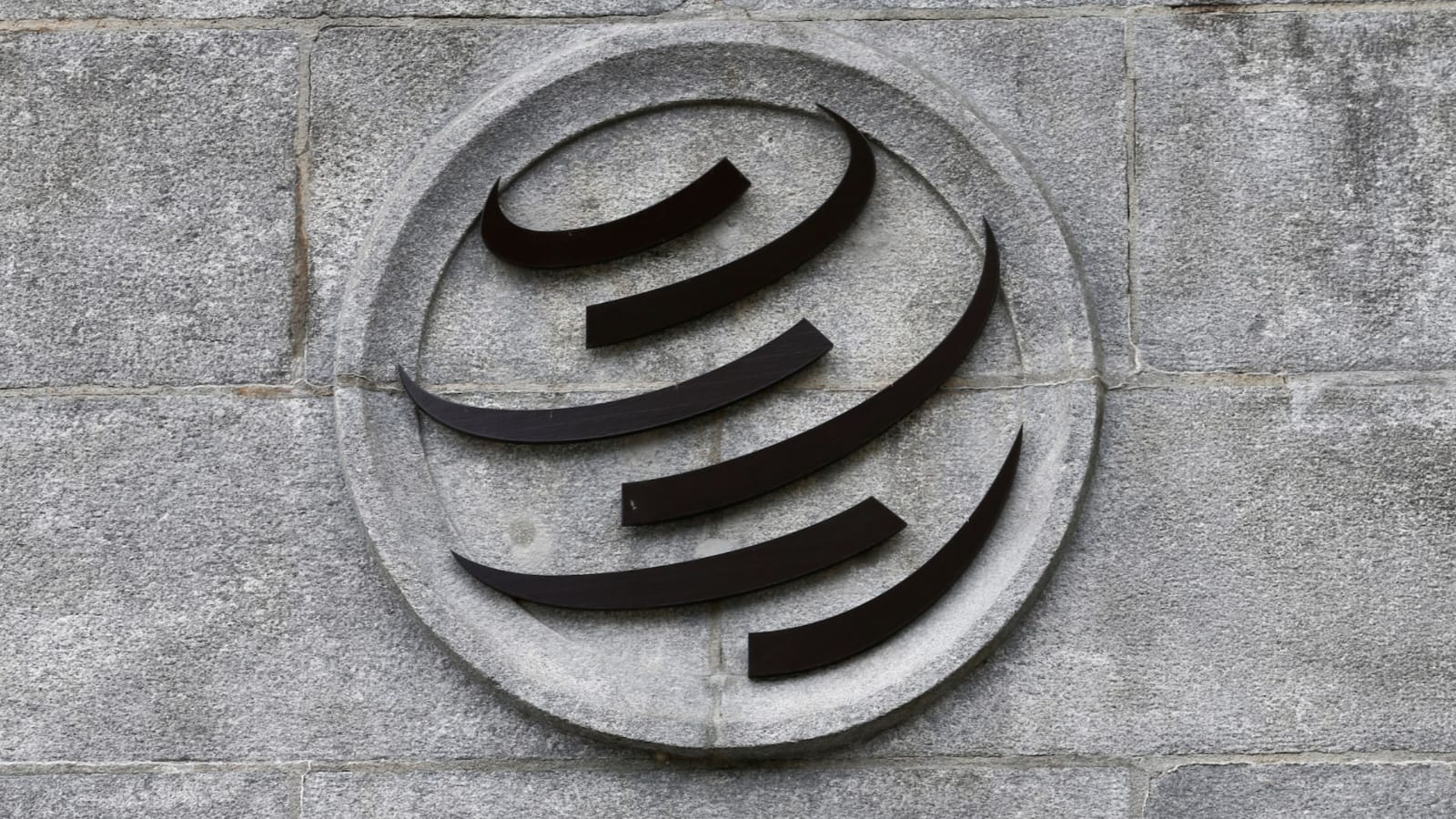India Strengthens Naval Defences with Strategic Rafale M Jet Deal

In a landmark development, India has officially signed a major defence agreement with France to acquire 26 Rafale Marine (M) fighter jets, aimed at boosting its naval aviation capabilities. The deal, valued at approximately Rs 63,000 crore, was finalised on April 28, 2025, during a ceremony in New Delhi. This significant move strengthens India’s maritime airpower at a crucial time, particularly in light of growing regional tensions.
The Rafale M jets are set to operate from India’s two aircraft carriers, INS Vikrant and INS Vikramaditya. Their induction will replace the ageing fleet of MiG-29K fighters currently in service. Analysts view this development as a major enhancement to India’s deterrent capabilities, ensuring readiness across maritime and aerial domains. While questions arise about whether the delay in this procurement left vulnerabilities exposed, the acquisition nonetheless marks a new era for India’s naval strength.
Understanding Rafale M: A Comprehensive Air and Sea Power Asset
The Rafale M is a naval variant of the highly acclaimed Rafale fighter, designed by France’s Dassault Aviation. It belongs to the 4.5-generation class of fighter aircraft and is capable of performing a wide array of missions — from air superiority and ground attack to reconnaissance and anti-ship warfare.
Unlike land-based fighters, the Rafale M is specifically engineered for carrier operations. It features reinforced landing gear, an arrestor hook for STOBAR (Short Take-Off But Arrested Recovery) systems, and corrosion-resistant structures suitable for maritime environments. Its flexibility allows it to launch from shorter carrier decks and withstand the harsh, salty sea conditions that often challenge naval aircraft longevity.
Armed with sophisticated weaponry like the Meteor beyond-visual-range air-to-air missile, Exocet anti-ship missile, and SCALP cruise missile, the Rafale M presents a comprehensive combat package. This aircraft offers the Indian Navy not just an upgrade in hardware but a transformational enhancement in operational capabilities, bridging the gap between present and future maritime threats.
Significance of the Rafale M Acquisition for India’s Naval Strategy
The induction of the Rafale M into India’s naval aviation fleet comes at a pivotal time when maritime security has assumed paramount importance. The Indian Ocean Region, with its strategic shipping lanes and regional flashpoints, demands a potent maritime force. With modernised fighter jets on its carriers, India can project power, enhance surveillance, and respond rapidly to any threat across its maritime interests.
Additionally, the Rafale M’s superior technology offers a substantial edge over potential adversaries’ carrier-borne aircraft. In an environment where air superiority can determine the outcome of naval battles, the ability to launch advanced multi-role fighters from carriers significantly strengthens India’s deterrence posture.
By replacing the MiG-29K fleet, which faced challenges related to maintenance and operational readiness, the Indian Navy ensures that it maintains a capable and reliable carrier air wing. This step ensures that India’s investment in aircraft carriers, particularly the indigenously built INS Vikrant, is optimally complemented by the latest aviation assets.
The Broader Rafale Ecosystem: Synergy Between Air Force and Navy
India’s existing experience with Rafale fighters in the Indian Air Force (IAF) serves as a strong foundation for integrating the Rafale M into the Navy. The IAF already operates 36 Rafale jets, comprising 26 single-seat Rafale C variants and 10 twin-seat Rafale B variants.
Stationed at Ambala and Hasimara air bases, these fighters have been customised with India-specific enhancements like advanced radar warning receivers, helmet-mounted sights, low-band jammers, and cold-weather start capabilities for Himalayan operations. Such enhancements are expected to carry over into the Rafale M fleet as well, creating operational synergy.
The shared logistics, training, and maintenance frameworks between the Navy and Air Force promise to streamline operations, lower costs, and enhance readiness across both services. A common Rafale ecosystem across the Indian armed forces also simplifies spare parts management and training processes, accelerating the timeline for achieving full operational capability with the new jets.
Looking at Operational Advantages: Capabilities Beyond Technology
The Rafale M’s advanced capabilities bring a qualitative advantage to India’s defence forces. With its multi-mode AESA radar, electronic warfare systems, and high-endurance engines, the jet can perform a range of missions with minimal support. Its combat radius and refuelling capability allow it to undertake long-distance maritime strikes, a critical need given India’s vast coastline and island territories.
Moreover, its compatibility with aerial refuelling tankers ensures extended operational reach, enabling Indian carriers to project airpower deeper into strategic waters without returning to base frequently. The aircraft’s quick turnaround time between missions further ensures sustained operations during high-tempo engagements.
The Rafale M’s twin-engine design provides an additional layer of safety during naval operations, where single-engine failures can be catastrophic. This reliability, combined with advanced avionics and survivability features, significantly raises the Indian Navy’s confidence in undertaking complex operations, including humanitarian assistance, disaster relief, anti-piracy missions, and combat patrols.
Comparing Regional Air Assets: Maintaining a Strategic Balance
In the evolving regional security scenario, maintaining technological parity or superiority is crucial. Other nations in the region, including those operating Chinese-origin fighters, have been modernising their air assets. Aircraft like the J-10 and J-15, operated by neighbouring forces, are formidable in their own right but differ in key technological parameters.
The Rafale M stands out for its combat-proven track record, cutting-edge avionics, superior weapons integration, and operational flexibility. Its performance during multinational exercises and actual combat operations in different theatres worldwide adds to its credibility. By acquiring the Rafale M, India ensures that its carrier-based air power remains contemporary and capable of facing emerging challenges in a dynamic security environment.
However, it is important to recognise that while the Rafale M enhances capabilities, it does not guarantee dominance. Effective force projection depends on coordinated operations, training, logistics, and sustained investment in supporting assets like AEW&C (Airborne Early Warning and Control) aircraft and naval helicopters. Thus, the Rafale M should be seen as an enabler within a broader strategic vision.
Addressing Delays: Challenges and Lessons for the Future
The Rafale M deal, while celebrated now, has sparked discussions about whether delays in its finalisation created temporary vulnerabilities. Historically, defence acquisitions involve complex evaluations, cost negotiations, and technical trials. India’s careful approach, including comparative evaluations between Rafale M and competitors like Boeing’s F/A-18 Super Hornet, ensured that the selection was based on operational needs and technical merits.
Yet, defence preparedness is often about timing. Had the Rafale M been inducted earlier, India’s carrier air wings might have achieved full operational capability sooner, offering greater strategic flexibility in the face of evolving regional threats. Nevertheless, the decision-making process reflects the importance of due diligence in large-scale acquisitions, balancing urgency with thorough assessment.
The experience underscores the need for streamlining future defence procurement processes without compromising on quality or strategic fit. Lessons from this acquisition can be applied to other pending modernisation projects, including submarine procurement and unmanned aerial systems integration.
A Step Toward Enhanced Maritime Security
The induction of the Rafale M into India’s naval forces marks a transformative shift in the country’s maritime security posture. With growing emphasis on safeguarding interests across the Indian Ocean Region and beyond, the capability to project credible airpower from carriers becomes increasingly vital.
By choosing the Rafale M, India not only enhances its defence readiness but also demonstrates a commitment to maintaining a balanced and capable force structure in a complex regional environment. The deal aligns with India’s vision of building a modern, self-reliant military that can operate seamlessly across diverse theatres of conflict.
While challenges remain in terms of infrastructure upgrades, pilot training, and logistical support, the foundation for a stronger, more resilient naval air arm has been laid. Moving forward, the focus will be on integrating these advanced platforms into operational doctrines, ensuring that they serve as a potent instrument of national security and maritime stability.
In the broader context of strategic affairs, the Rafale M acquisition represents not just a purchase of advanced technology but a clear signal of India’s evolving defence posture — one that prioritises readiness, capability, and the ability to safeguard national interests in an increasingly interconnected world.








1 Comment
[…] exercise highlights the growing role of dual-use infrastructure in strengthening India’s national security and defence posture. By leveraging civilian infrastructure, such as highways and expressways, for […]
Comments are closed.